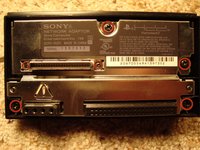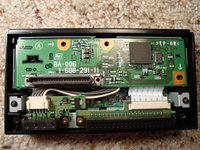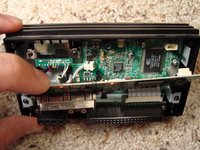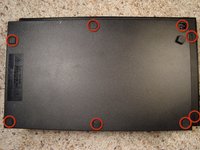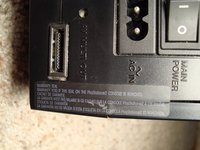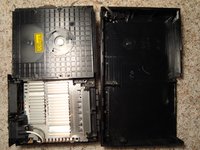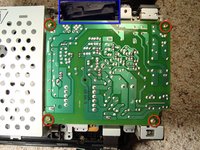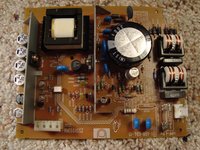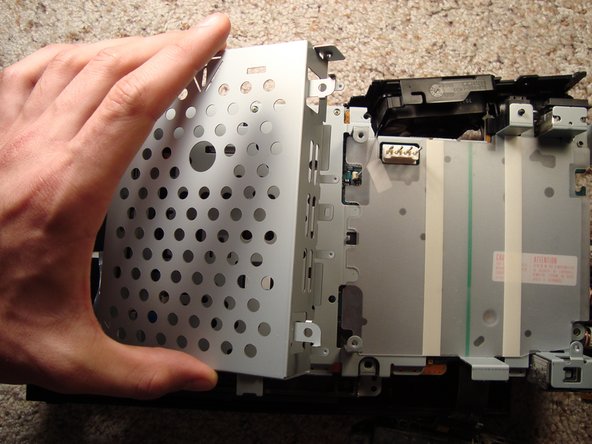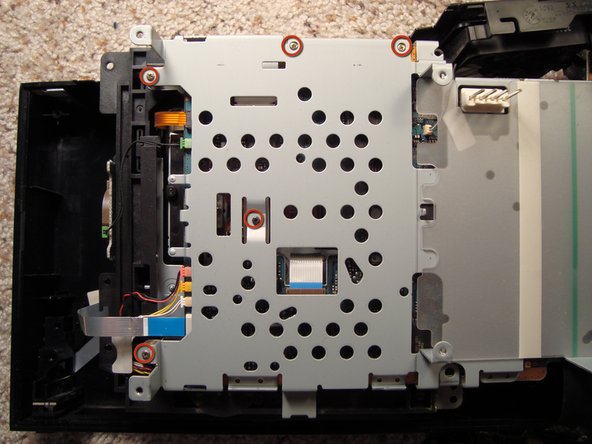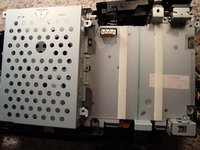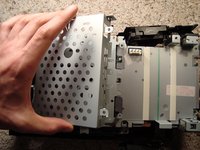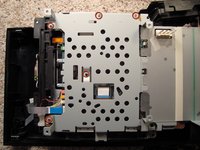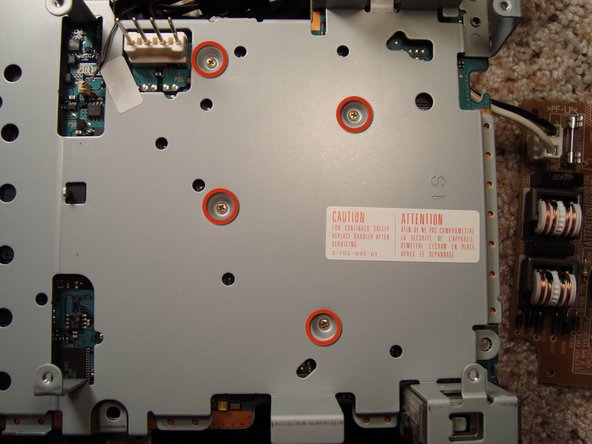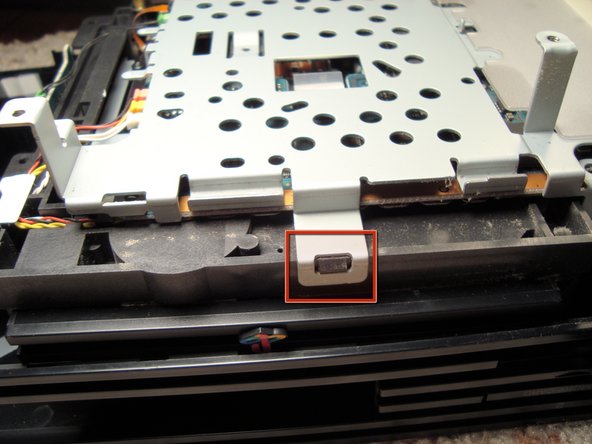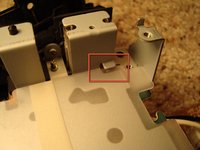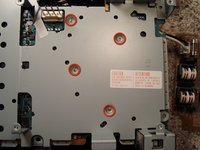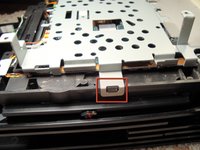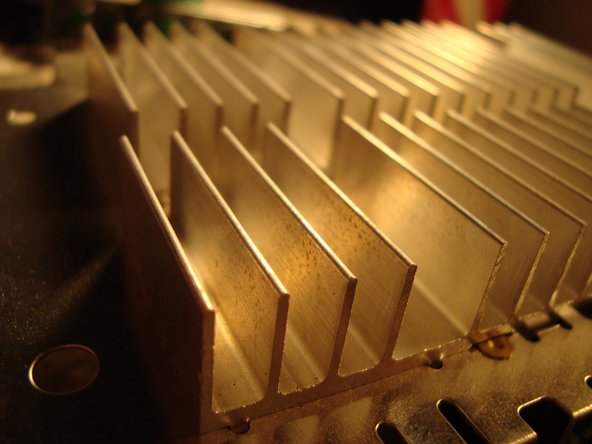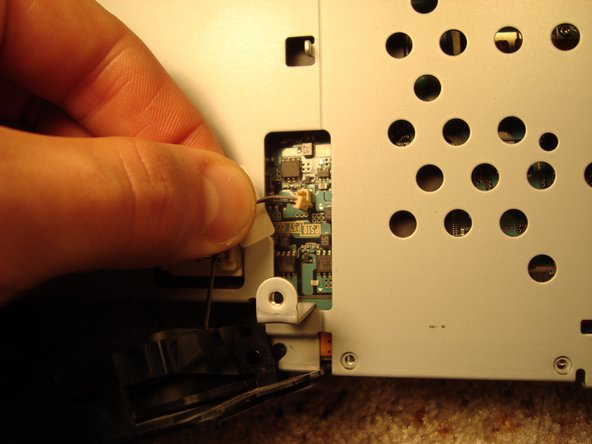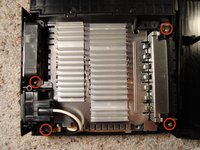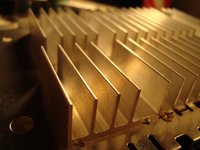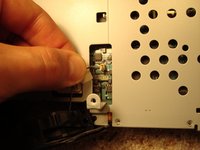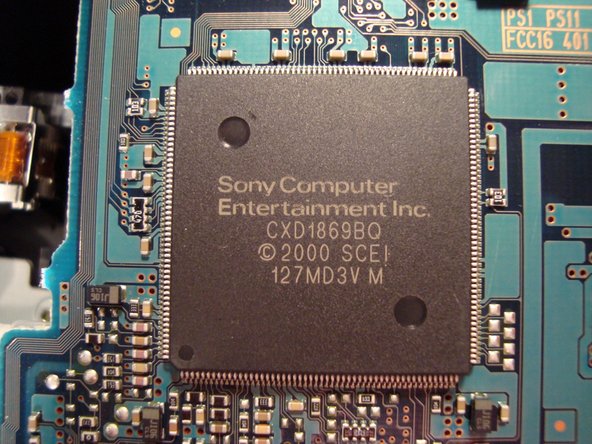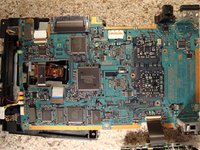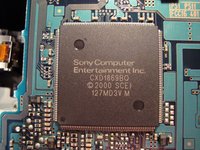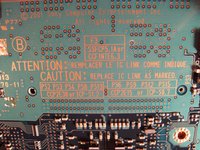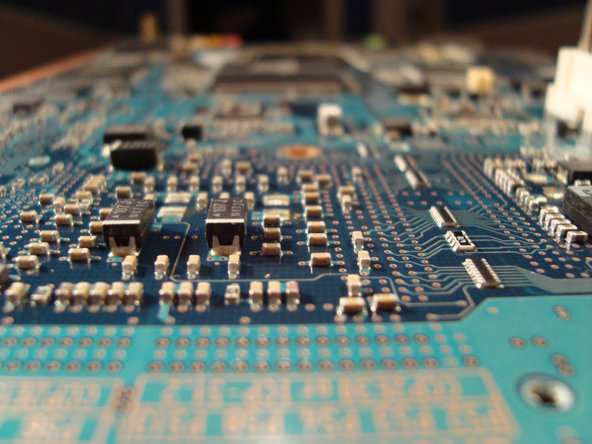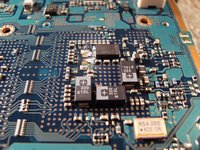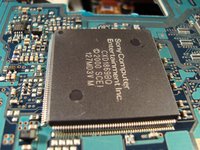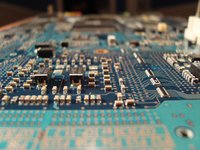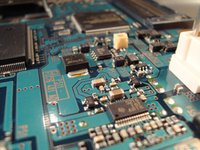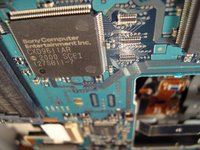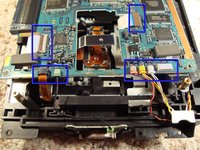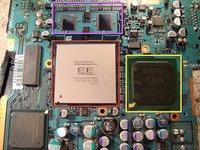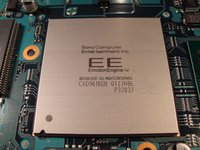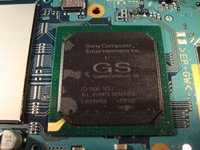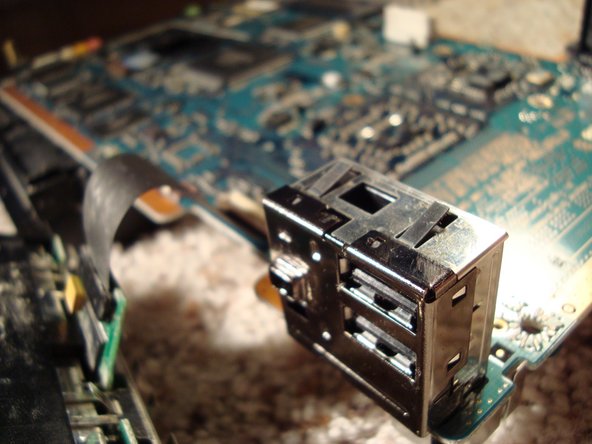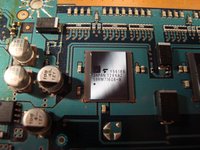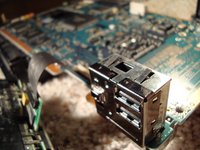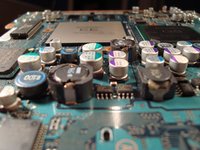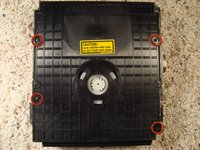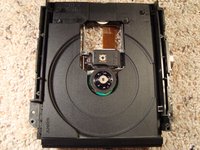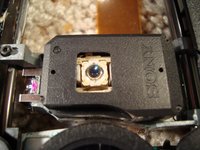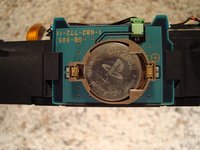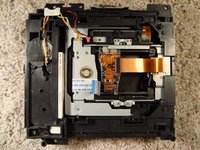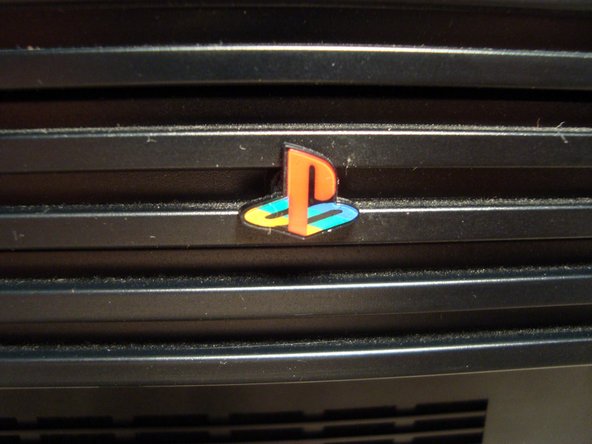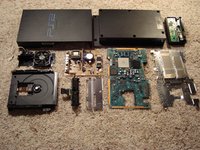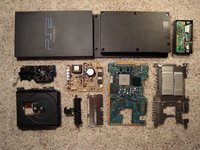Introdução
Ir para o passo 1The PlayStation 2 is the predecessor of the new PlayStation 3, and was first shown to the public in 1999. Throughtout the years the console was improved in many ways, recently a slim version of the first PS2 was introduced. The PlayStation 2 can stand on its side or lie flat to fit any space. The console was very powerful when it first came out. The "Emotion Engine", the heart of the console can handle millions of polygons per second, and can simulate weather, words, human behavior and emotions, so that games can react to players' actions in a more realistic way. Once it is installed into your home theater, you'll be treated to a reasonably sharp picture and high-quality sound. The PlayStation 2, like every other console, has a composite A/V cord in the box, which you use to connect the console to your TV. For surround-sound audio, there's a built-in optical digital audio jack. Beyond home-theater integration, you'll find two USB plugs and one IEEE 1394 (FireWire and iLink) port on the front, as well as a port on the back for plugging in the Online Adaptor.
O que você precisa
Ferramentas
Exibir mais…
Vídeo de Apresentação
-
-
On the front right side of the console we have the On/Off and the Eject button for the DVD player.
-
On the front left side we can see the two USB ports and the Firewire port. Two memory card slots, and the two controllers inputs.
-
-
-
Turn the console upside down and with a flathead screw remove the rubber covers that hide the 8 screws.
-
On the back right of the console we can clearly see the warranty seal... the point of no return!
-
Once the seal and the screws are gone lift the upper part of the console and get ready to uncover the secrets of the PS2.
-
-
-
First of all let's remove the power supply by removing the four screws. In the blue box you can see the large fan, which is in front of the power supply to make sure the temperature is kept as low as possible, and to protect the "Emotion Engine".
-
Here's a closer look at the massive power supply.
-
-
-
And here it is... the EE "Emotion Engine" Some specifics about the EE: CPU 128 Bit running at 300 MHz
-
RDRAM 32 MB
-
The GS "Graphics Synthesizer" with its clock frequency of 150 MHz, DRAM Bus Bandwidth 48 GB per second, DRAM Bus width 2560 bits and a Maximum Polygon Rate of 75 million polygons per second... pretty impressive
-


















